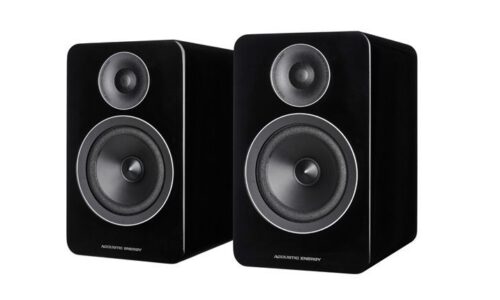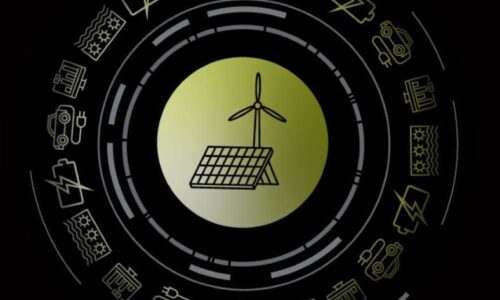 Port Hedland and the Pilbara region receive high levels of sunlight throughout the year, particularly from September to March. Many residents and local businesses are switching to solar as a reliable and renewable source of energy.
Port Hedland and the Pilbara region receive high levels of sunlight throughout the year, particularly from September to March. Many residents and local businesses are switching to solar as a reliable and renewable source of energy.
Whether you’re a homeowner, a small business owner, or overseeing a mining site – solar power could be a great way to reduce your energy costs and make a positive step towards sustainability.
However, solar power may not be right for everyone and it is important to consider your unique situation before investing in a solar power system. Factors such as your location, the orientation of your roof, and your electricity requirements should all be weighed up.
Here are 6 things to consider before investing in solar power in Port Hedland and the Pilbara.
1. Cyclones and High Winds
High winds and cyclones present a challenge when it comes to installing solar systems in Port Hedland and its surrounds. However, when they are designed and installed for durability, solar power systems can withstand heavy winds and harsh weather conditions for many decades.
Expert tips:
- Choose a local provider who understands the climate conditions and challenges of your area.
- Ask them what measures they will put in place to ensure your system will stay intact and effective despite heavy winds and cyclones.
- Consider the materials and brands your solar installer uses and whether these are reputed for being durable and reliable in challenging weather conditions.
2. Location of Solar Panels
To get the optimal results from solar panels, they must receive the maximum amount of sunlight throughout the day. A solar power system designer can guide you about the best location and angle for your panels.
- Location – Ideally Port Hedland solar panels should be installed in a north-facing position on your roof. This may not always be possible given the layout of your home or commercial building. In these cases, your solar power installer can advise what the next best option is.
- Angle – The optimal angle for solar panels in Port Hedland is 10 degrees. However, anywhere between 5 and 15 degrees will achieve good results. The actual angle of installation should be calculated based on the angle of your roof.
- Obstructions – Tall buildings, trees, and other obstructions can prevent sunlight from hitting particular areas of your roof. Solar panels should not be installed where shading occurs for most of the day. In some cases pruning a tree may be sufficient to fix the situation.
3. Maintenance Requirements
Wherever you are located, your solar power system will require regular cleaning and servicing to ensure it continues to run efficiently. For dusty and windy locations like Port Hedland and South Hedland, it is particularly important that solar panels are cleaned regularly.
Dust, grime, and fallen leaves on the surface of a solar panel can obstruct sunlight and reduce efficiency. To avoid this issue, solar panels should be cleaned every 3 months or more regularly if required. Monitoring your system’s output and getting it serviced regularly is also important to ensure maximum efficiency.
4. System Parts & Warranties
Given the challenging environment and climate factors of the Pilbara region, it is important that solar power systems in this area are constructed for durability. There is a wide range of solar components available but they are not all equal.
Often cheap inverters or solar panels are less resilient and will not maintain a high level of efficiency over the years. Instead, consider investing in reputable and trusted brands that come with a good warranty. Expect around 15 years warranty for a good inverter and at least 10 years product warranty for your solar panels.
5. Government Rebates
You may be eligible for Government rebates when purchasing a solar power system for your residential or commercial property in Port Hedland and the Pilbara. How much you are eligible for depends on the size of the system and your location.
For households and eligible small businesses, Small-scale Technology Certificates (STCs) can reduce the upfront cost of buying a solar system. Usually, your solar installer will apply the STC rebate to your quote. After the system has been installed, they will recover the rebate from the government.
Keep in mind that the STC scheme is being phased out and will end in 2030. Every January until then, the number of STCs you are eligible for will decrease.
6. Feed-In Tariffs
If your solar power system generates more power than you consume you can feed the excess electricity back into the grid. For Port Hedland locals that means selling your excess electricity to Horizon Power.
The exact amount you will be paid for excess electricity depends on the size of your system and where you are located. Horizon Power uses the State Government’s Distributed Energy Buyback Scheme (DEBS) for residential customers.

